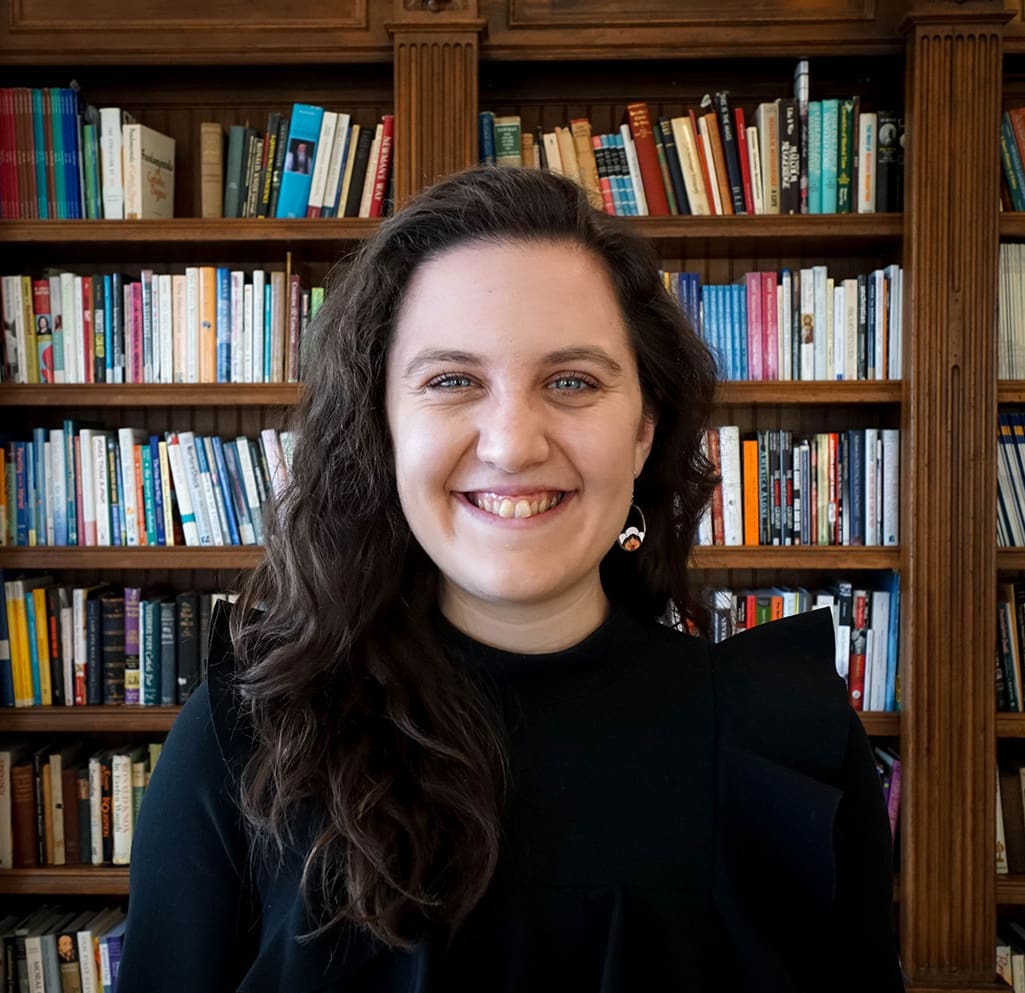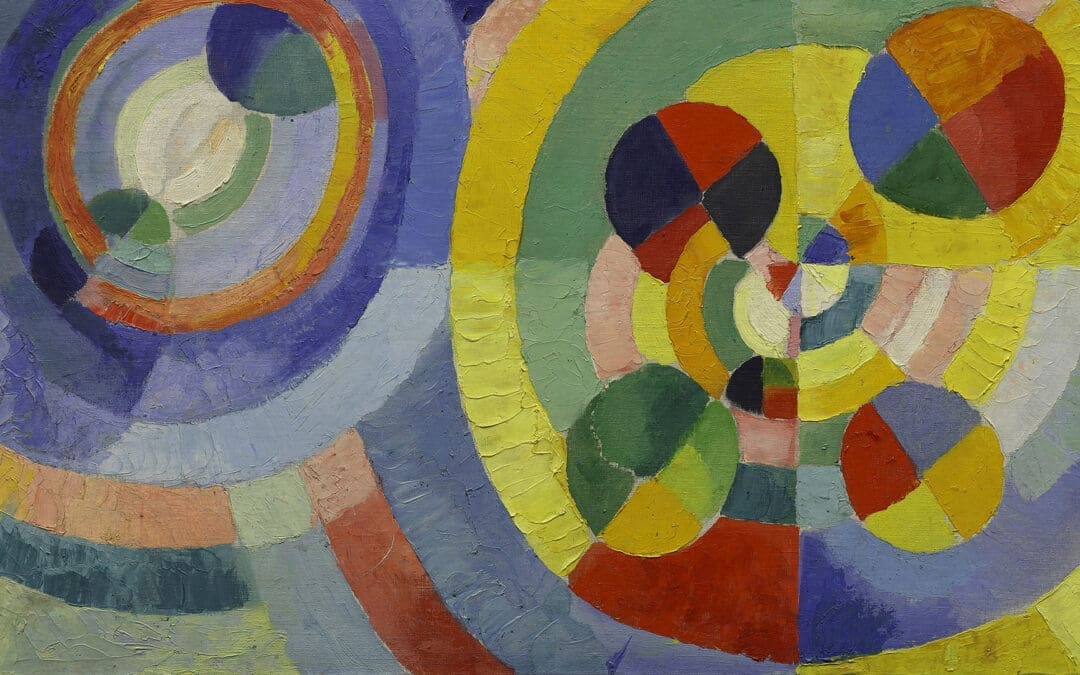LOVE IN THE NEIGHBOURHOOD | The average North American is hit with four thousand to ten thousand media and advertising messages a day. These messages are selected according to strict criteria. “If it bleeds, it leads,” and so we are bombarded with news of anti-Semitic graffiti in subway stations, stabbings in McDonald’s, screams from the latest international terror site, or advertisements selling the latest opiate to numb us. If I am hearing right, the world is as icy cold and choppy as the frozen Ottawa River in mid-winter. How far the story of Nehemiah’s rebuilding the ancient city wall seems from the frozen and fragmented story told today. Yet even a quick walk through my city wakes me to the repairers of my very neighbourhood, to the builders of belonging industriously employed about me. Like an undercurrent beneath the ice, these citizens undertake their generative work in creaky old homes, local grocers, and meeting rooms all about me. What follows is a walking tour of my neighbourhood—an exploration of the maps of belonging that serve as signposts of restoration across the city I call home.
MATTHEW HOUSE OTTAWA | Nestled on the edge of a church property and in the bowels of the local Dymon storage unit, Matthew House Ottawa is easily missed in the hubbub of everyday life. Those who drive past Bethany Baptist Church on the corner of Centrepointe and Baseline would be forgiven for missing the tiny, unremarkable brick home and furniture bank. They would be forgiven for missing a drum lesson being conducted on pots and pans in Urdu by the tiny, noisy Afghani refugee claimant whose construction-paper creations decorate my office. They would be forgiven for missing Donovan, the military officer who shows up after long days in the training field to repair drawers and correct résumés late into the evening. They would be forgiven for missing a remarkable movement devoted to the rebuilding of lives broken by war, famine, and fear.
Founded in 2010 by a small group of faithful city dwellers committed to “welcoming the stranger in,” Matthew House Ottawa has sheltered over two hundred refugees and assisted more than ten thousand vulnerable people in finding safe housing, furnishings, and a new community. Despite the swirling fear of anti-refugee sentiment, and headlines that enlarge them, and the deep trauma with which many claimants arrive, this hidden community sees new life come forth.
Helping our claimants build new lives requires the commitment of over one hundred volunteers, none of whom are known to the media, and none of whom are seeking headlines. From translation services to dishwasher repairs to the cataloguing of furniture, the work of Matthew House Ottawa cannot be done by any one person. There is Leslie, who every week puts in a full forty hours of volunteer work at the furniture bank to ensure that each appointment to pick up and drop off furniture is meticulously recorded in our system. There is Evan, who teaches new refugees to ride bikes. There is Brad, who drives vanload after vanload of claimants to hockey and basketball games, rewiring their fight-or-flight reflex through a little fun. There is Heidi, who takes the bus for an hour each way to make dinner every Tuesday night for fifteen people, stirring as she listens to stories of love and loss. This ragtag bunch of ordinary citizens shows up to Matthew House in snow, rain, sun, or sleet to undertake the quiet and often thankless work of making something new. Together they form the rising tide that allows these new neighbours to begin again.
GOD IN SEARCH OF MAN | Fear, misunderstanding, and over one thousand years of religious and cultural confusion all too often create murky waters between the Christian and Jewish communities. A tragic history long ago destroyed a formerly shared foundation. Each group remains in its respective religious and cultural silo. Yet for the past ten months, Jewish and Christian young people have been cramming into any spare room the sisters living adjacent to Notre Dame Cathedral Basilica in Ottawa will lend. We are forming a book club.
Founded in an effort to foster education and dialogue across intellectual and religious lines, the book club at this creaky house convenes young people who wish to break down the walls of division, fear, and misunderstanding. Each Monday night, we delve into the work of Rabbi Abraham Joshua Heschel, a visionary thinker central to modern Judaism and a key figure in the civil rights movement.
Together we explore mysticism and longing, justice and faith, tradition and innovation. For the first several months, we dance in polite formality around the personal application of our study. Yet, as autumn passes and the kosher treats flow, the thawing of winter into spring gives rise to greater honesty between us. We begin to edge toward a generous and generative conversation regarding our differences, struggles, and how faith shapes who we chose to love and make our lives with. “Wait, you do what at a Jewish wedding? Okay, help me understand!” I hear as our exasperated conversation guide brings us back to order yet again after a fit of giggles just this past week.
“A synagogue service can last for three hours?” my Catholic friend shrieks in disbelief from the corner. This Catholic conversation partner then explains differing understandings of the Eucharist in contrast to the Protestant attendees as our Jewish friends nod respectfully. By now, we are building so much more than a book club. We are building hope and trust. We are quietly rebuilding a community in this creaky old house, moving from the broken foundations of history into something entirely new.
MY POSTAL CODE | Canada’s capital is a government town. People arrive and leave with the same two sets of suitcases. Five years is the long side of average for a downtown resident. Long hours and the race to succeed, create meaning, or enact change create a culture of accepted transience and anonymity. Yet I have only to walk my usual beat to encounter builders in the very streets of my neighbourhood, working to build a retaining wall of belonging.
There is Enzo, the waiter at La Bottega, my favourite Italian grocer downtown, who remembers his customers’ names and in doing so has built so much more than a loyal clientele. He bears witness not just to my shifting pasta order but also to the cancer journey of a dear friend. Enzo is the person we return to in between chemo treatments, the barometer whose questions allow us to mark the progress of cancer treatment, however incremental since we last visited.
There is my friend Leanna, a caseworker, who goes looking for her Salvation Army clients in the hidden crevices of the city. Someone should notice when they don’t show up at the local shelter. So she does, pulling over the service van to check alleys most of our neighbours go out of their way to avoid.
There is the small Anglican church, St. Peter and St. Paul’s on the corner of Metcalfe street, that runs a Friday night program for those needing a little company and a hot meal. I have yet to see this service advertised, and yet each Friday evening countless people appear from all corners of the street, gliding in the door to the church kitchen. It seems after all these years of unpretentious chili dinners and canasta, they know exactly where to go and who is waiting to greet them with a cheerful hug. This isn’t just Friday night dinner; this is an enduring community for those neighbours whose lives hold precious little steadiness.
If, as George Eliot once claimed “the growing good of the world is partly dependent on unhistoric acts; and that things are not so ill with you and me as they might have been, is half owing to the number who lived faithfully a hidden life,” we might at times wonder where the faithful, hidden few dwell. I still receive four thousand to ten thousand messages a day. I still see the broken. What bleeds still leads, but in the construction of refugee shelters, local grocers, book clubs, and Friday night church dinners, a city is being rebuilt like Nehemiah’s wall. As our river begins to thaw again, I notice the hopeful undercurrent of shelter volunteers, Salvation Army workers, and waiters working as the bricklayers and mortar makers who for so many make all the difference. These are the faithful few engaged in the daily, unhistoric work of creation and restoration.


